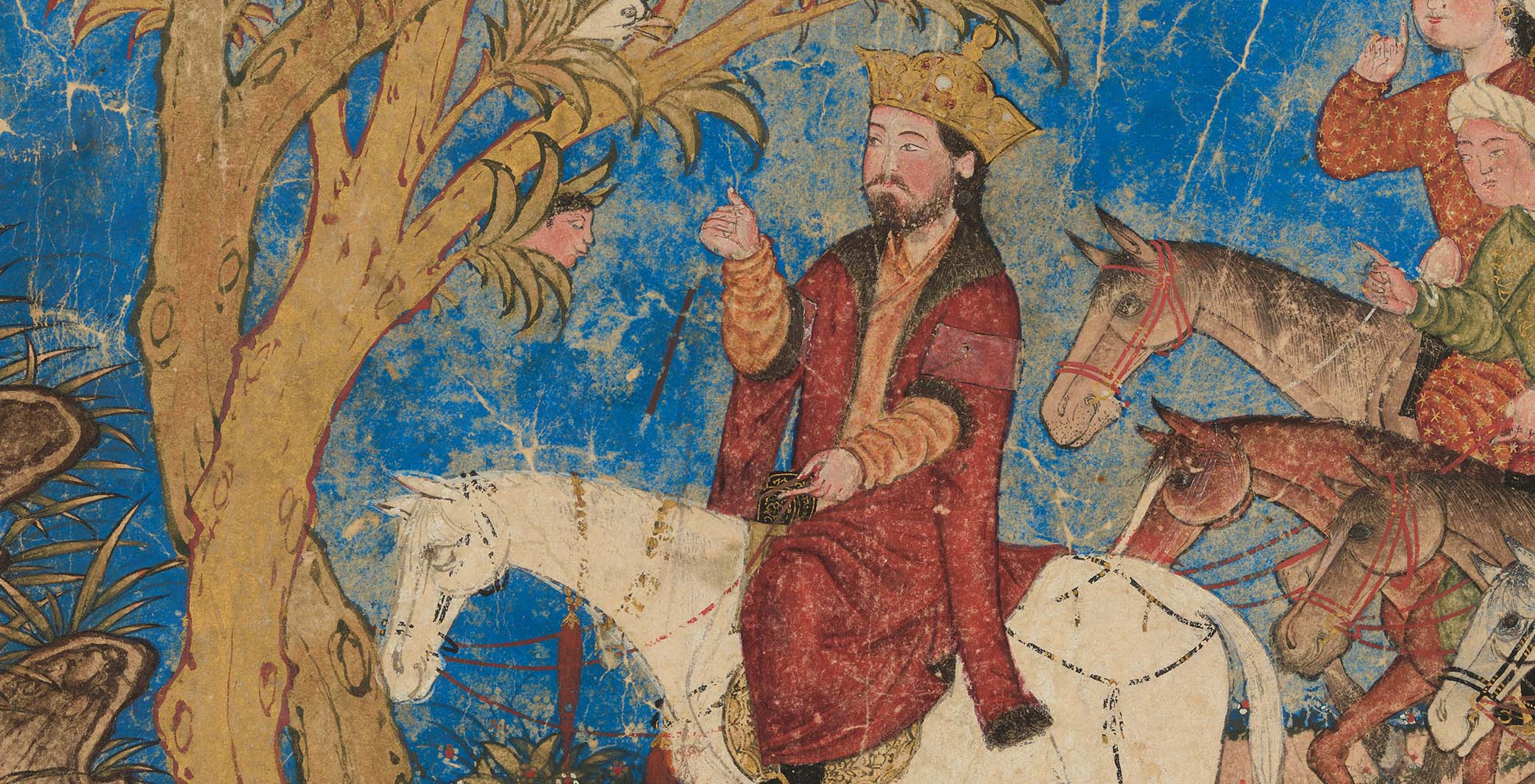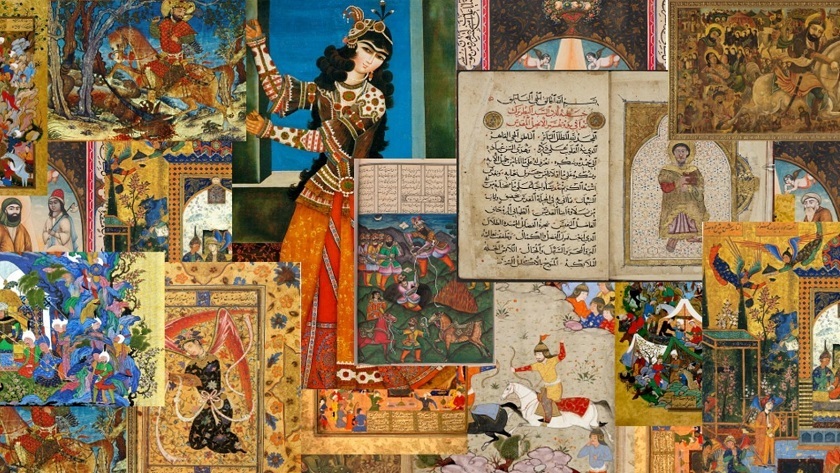The centuries following the mid‑13th century Mongol invasions were among the most turbulent in Iranian history—yet paradoxically they also saw some of the richest outpourings of Persian poetry. From the shattered courts of the Ilkhanid khans to the glittering academies of Timurid Herat, poets found both patronage and profound inspiration amid adversity. Below, we trace how these eras of upheaval became crucibles for literary innovation and enduring masterpieces.
1. After the Conquest: Crisis and Continuity
-
Devastation of the Mongol Invasions (c. 1220–1258). Whole cities—including Merv and Nishapur—were razed. The Abbasid Caliphate fell in Baghdad (1258), and political order fractured.
-
Adaptation of the Ilkhanids. The Mongol rulers in Iran (the Ilkhanids) soon adopted Islam and Persian administrative practices. Persian became the court language, securing continuity for cultural life even under foreign overlords.
-
Saadi’s Witness. The great Saadi Shirazi (c. 1210–1291) survived the upheavals, traveling widely and later composing Bustan and Gulistan, works suffused with moral reflection born of witnessing human suffering and resilience.
2. The Ilkhanid Renaissance: New Patrons, New Voices
-
Courtly Patronage. Ilkhanid princes like Ghazan Khan (r. 1295–1304) and Öljeitü (r. 1304–1316) sponsored literary salons and invited scholars from across the Islamic world.
-
Blend of Persian and Mongol Themes. Poets navigated dual identities—celebrating traditional Persian kingship motifs while praising Mongol patrons as legitimate rulers under God.
-
Key Poets:
-
Uljaytu’s Circle. Under Öljeitü, poets like Rashid al‑Din Fazlullah Hamadani combined history and verse.
-
Saadi’s Later Work. His humanistic tales and aphorisms resonated deeply in a society rebuilding itself.
-
3. Sufi Mysticism in a Shattered World
-
Spiritual Response to Trauma. The collapse of old certainties fueled a turn inward. Sufi masters and their poet‑disciples found in mystical love and unity the solace that politics could not provide.
-
Attar’s Legacy. Though Attar of Nishapur (d. c. 1221) predated the Mongol onslaught, his Conference of the Birds gained renewed prominence as a guide for souls seeking meaning amid chaos.
-
Rise of Hafez (c. 1315–1390). In Shiraz, Hafez’s ghazals wove together earthly delights and divine longing—offering both witty critique of hypocritical leaders and profound mystical insight.
4. Timurid Patronage: Herat as “Florence of the East”
-
Timur’s Conquests (d. 1405). Though brutal, Timur’s empire fostered cultural exchange across West, Central, and South Asia. His successors—particularly Shah Rukh and Queen Gawhar Shad—turned Herat into a cosmopolitan capital.
-
Literary Circles at the Madrasa‑Mausoleum Complex. The famous Gawhar Shad Mosque and its adjacent schools hosted poets, calligraphers, and miniature painters in a synergistic environment.
-
Major Figures:
-
Jami (1414–1492). Often called the last great classical poet, his Haft Awrang masnavis and Bahāristān fused mystical romance with moral counsel.
-
Khwaju Kermani (1280–1349). Straddling the Ilkhanid and early Timurid eras, his lyrical ghazals and masnavis blended emotional intimacy with polished courtly style.
-
5. Themes and Innovations
| Theme | Expression in Turmoil |
|---|---|
| Impermanence | Poets meditated on the fall of dynasties to remind readers of life’s fragility. |
| Justice and Good Rule | Courtly panegyrics often contained veiled critiques—urging mercy and fair governance. |
| Mystical Unity | Sufi imagery of wine, tavern, moth and flame offered paths beyond worldly strife. |
| Literary Refinement | The masnavi and ghazal forms matured—allowing longer narratives and sharper lyrical couplets. |
-
Use of Allegory: To address sensitive political realities, poets cloaked social commentary in fables and mystical parables.
-
Synthesis of Styles: Courtly rhetoric, ethical storytelling, and mystical discourse merged into hybrid forms adaptable for diverse audiences.
6. Legacy: Turmoil as Creative Catalyst
Despite—or perhaps because of—the upheavals of Mongol conquest and Timurid ambition, Persian poetry found new vitality:
-
Broader Patronage. Foreign rulers’ embrace of Persian language and culture extended opportunities for poets.
-
Cultural Synthesis. Exposure to Central Asian, Chinese, and Indian influences under Timur enriched imagery and thematic breadth.
-
Enduring Masterpieces. Works by Saadi, Hafez, Jami, and others remain central to Persian literary—and spiritual—consciousness.
Conclusion
The periods of Mongol and Timurid rule might have spelled cultural eclipse—but under their courts, Persian poetry instead flourished. In palaces and Sufi lodges, poets transformed devastation into verse, weaving timeless reflections on justice, love, and the soul’s quest for unity. Their legacy reminds us that art can not only survive turmoil—but turn it into a catalyst for profound creativity.





